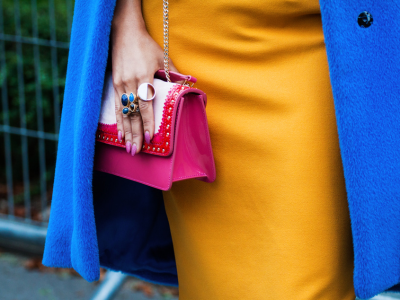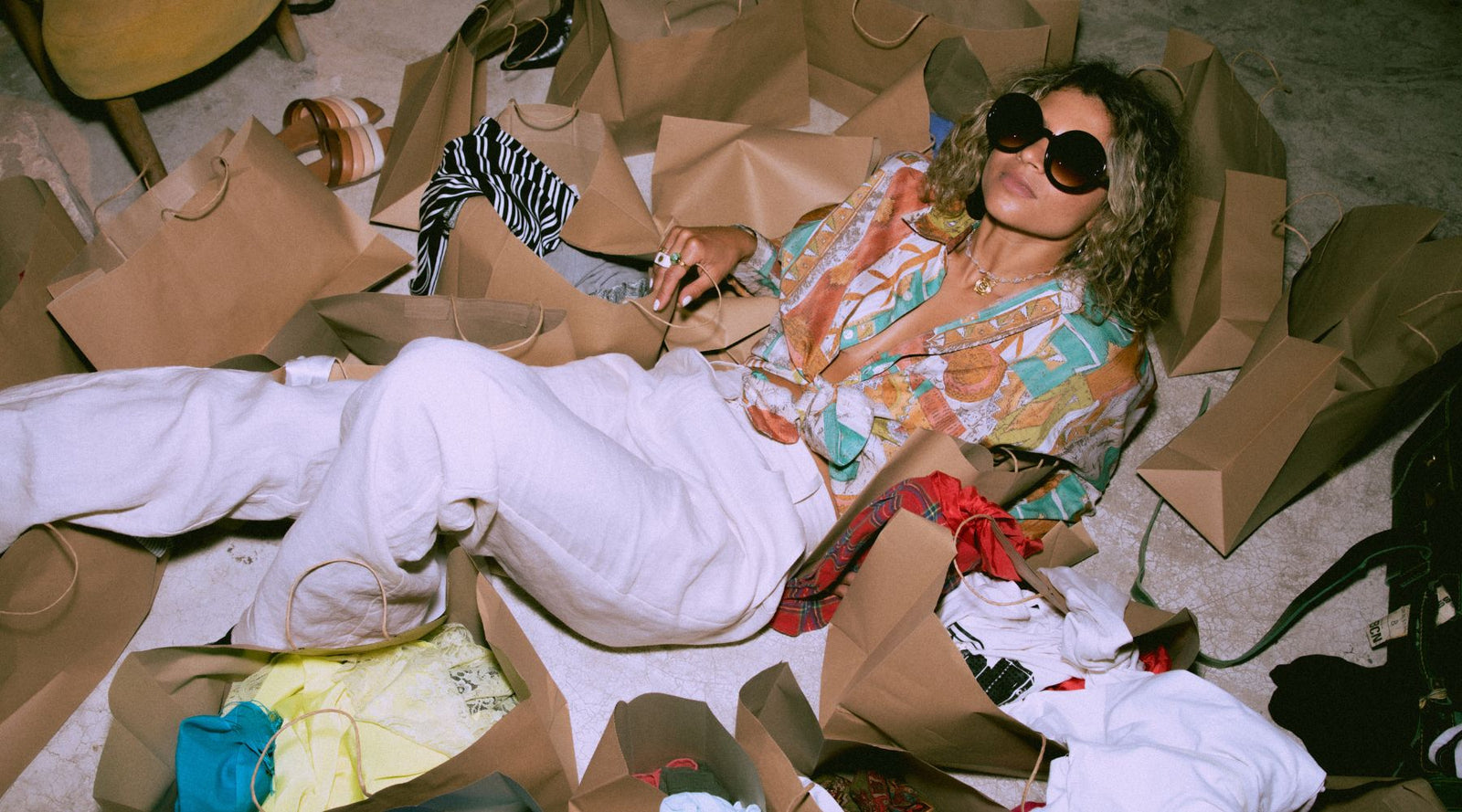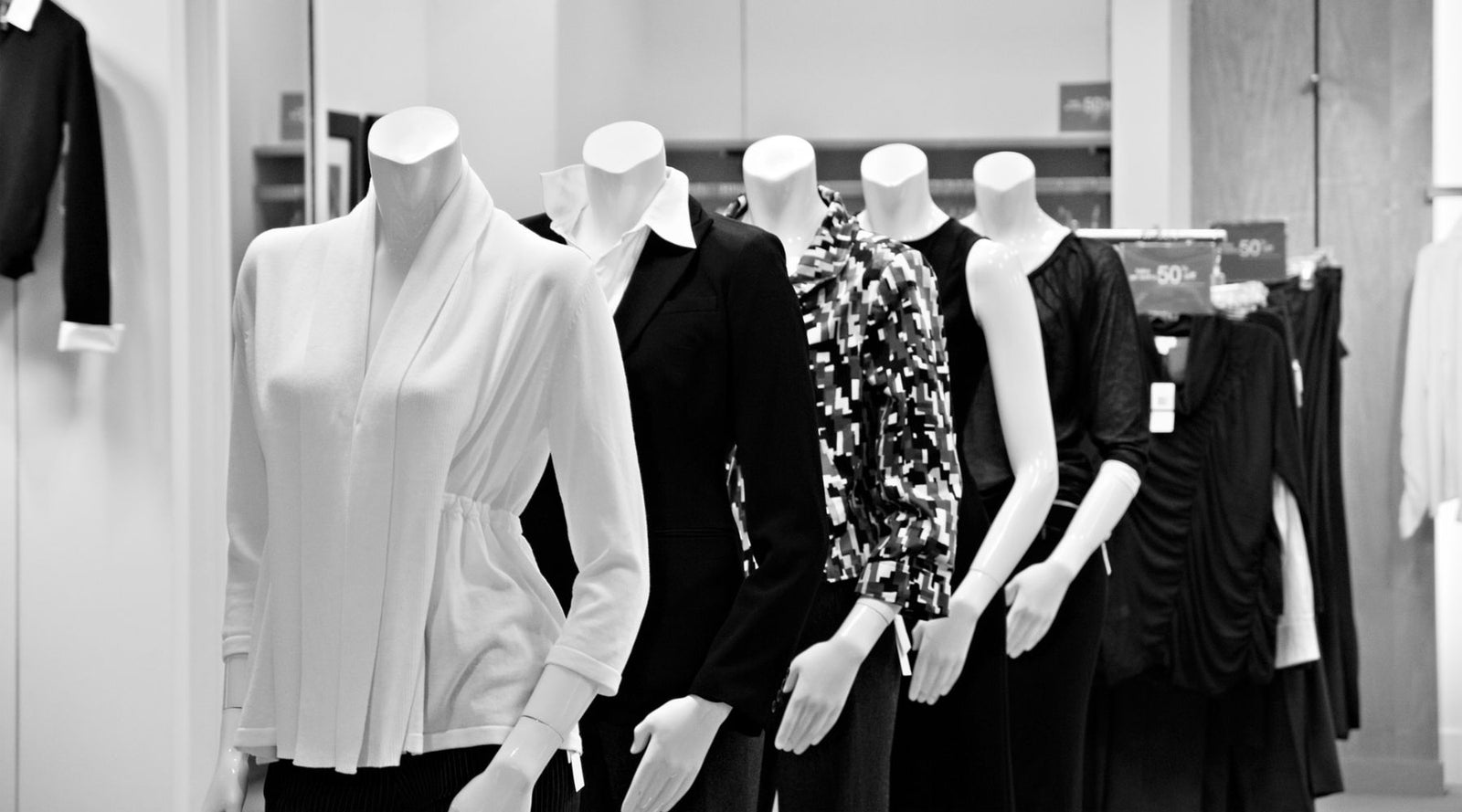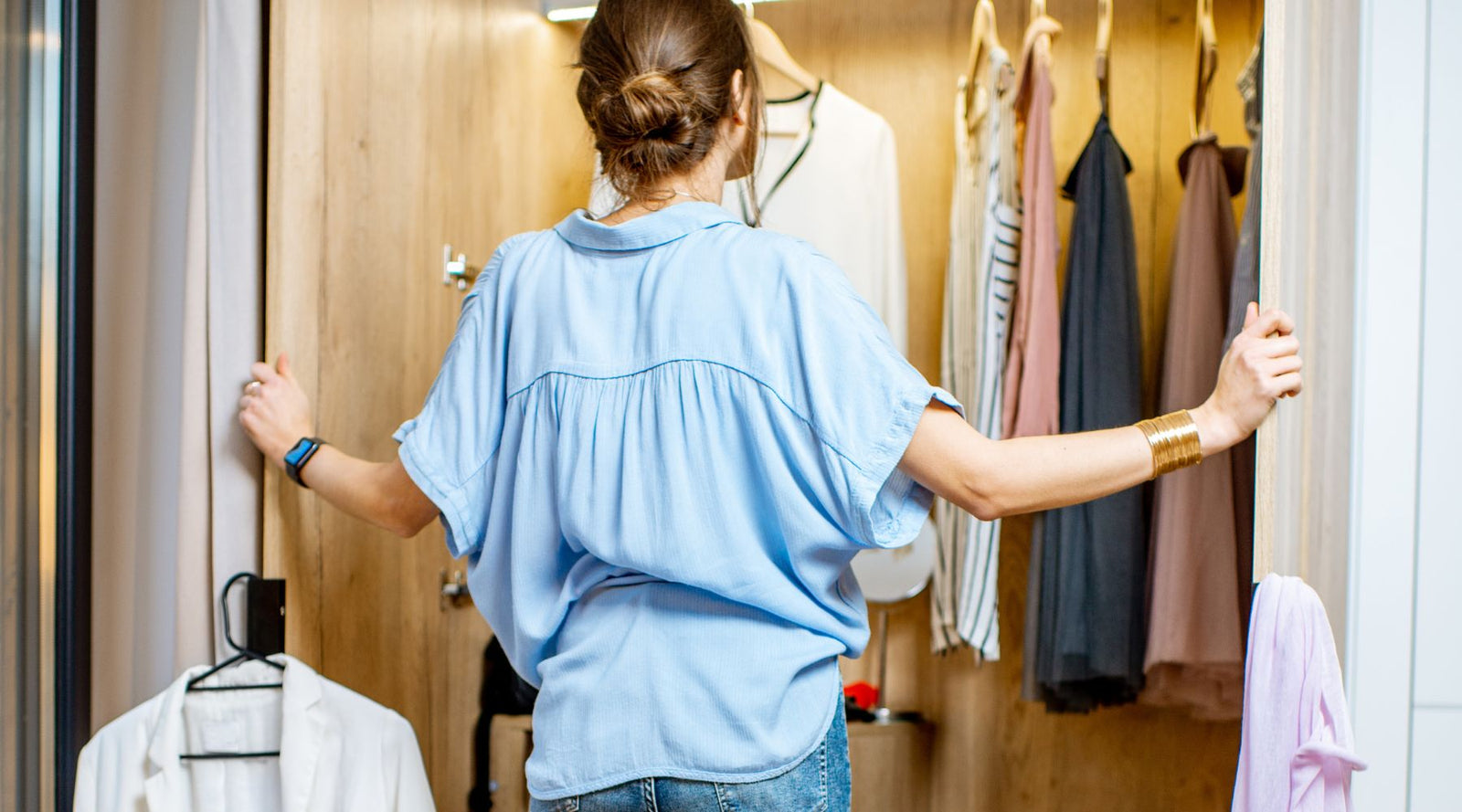Ever heard of thrift flipping?
Its a growing trend in the sustainable fashion industry that has both advocates and critics. The practice involves finding items in thrift stores with a higher resale value than what the store charges, then reselling them for a profit on platforms like Depop, Facebook Marketplace, Etsy or Vestiaire. Sometimes this involves repurposing or improving the original garment, creating unique, upcycled clothing.
On the one hand, thrift flipping can be seen as an ethical alternative to fast fashion. It promotes a more sustainable wardrobe, benefits the environment, and reduces carbon emissions and textile waste. It also allows individuals to generate a side income.
However, the trend has sparked controversy amongst avid thrifters. It’s been argued that thrift flipping can lead to gentrification of thrift stores, making preloved clothing less affordable for lower-income shoppers and can contribute to overconsumption, even if the items being consumed are secondhand (this is a whole blog post on its own!). We’ve outlined some of the main issues below:
Gentrification of Thrift Stores
Thrift flipping can potentially result in the gentrification of thrift stores. With the trend's popularity, thrift stores might increase their prices to capitalise on the higher demand, thus making preloved clothing less affordable for lower-income shoppers who rely on these stores for essential items.
Overconsumption
Even though thrift flipping involves secondhand items, it still contributes to overconsumption. The trend encourages buying more items than necessary, with the intention of reselling them for profit, which can perpetuate a cycle of excessive consumption.
Accessibility and Inclusion
There's also a concern about accessibility and inclusion in thrift flipping. If thrift flippers buy large amounts of high-quality items at low prices, this can limit the availability of these items for those who truly need them. Plus-sized clothing, for instance, is already scarce in thrift stores. If thrift flippers buy these items in bulk, this could further limit options for plus-sized individuals.
Sustainability
While thrift flipping is often seen as a sustainable practice, it's not exempt from environmental concerns. The process of flipping and shipping items to buyers contributes to carbon emissions. Additionally, the trend doesn't necessarily discourage the production of new clothing, which is a major contributor to environmental degradation.
Ethical Concerns
Lastly, there are ethical concerns related to thrift flipping. Critics argue that thrift flipping can exploit the concept of thrift stores, which were originally intended to provide affordable items for those in need. Instead, some thrift flippers use these stores as a source of cheap inventory, which they then sell at a significant markup for personal gain.
Despite criticisms, the thrift flipping trend shows no sign of slowing down. In fact, online thrifting grew 69% between 2019 and 2021, with some predicting that the fashion resale sector will be larger than fast fashion within a decade.
So, what’s the solution?
Whilst its great that people are embracing secondhand, preloved garments, there are some things sellers can do:
-
Conscious Shopping: Thrift flippers should avoid buying in-demand items or items from shops in lower-income neighborhoods.
-
Transparency: Be honest with product marketing and pricing when flipping thrift store clothes. Don't trick people (!) and honestly note any flaws, imperfections, or defects.
-
Sensible Consumption: Avoid "thrift hauls" where large amounts of clothes are purchased, contributing to overconsumption.
-
Respect Size Availability: Be cognisant of sizes. Don't buy items way outside your size range as plus-sized clothing is often limited in thrift stores.
-
High Quality Items: Choose items that are of higher quality and will last longer, thus reducing waste.
-
Local Shopping: Buy from local marketplaces, yard sales, or smaller thrift stores instead of big ones.
-
Organise Clothing Swap Events: This helps find items to flip and promotes a sense of community.
-
Upcycle Your Own Clothes: Start in your own closet. Why pick up clothing from a thrift store when your own old items can be the canvas for endless upcycling ideas?
-
Avoid Shipping: Sell your thrift flip creations in person instead of online to reduce the environmental impact of shipping. If you do have to ship, consider using a fraction of your profits to support carbon offset programs.
-
Mindful Reselling: If reselling from thrift stores on platforms like Etsy, they'll offset the carbon emissions on your behalf.
Buyers should keep an eye out for a few things to make sure they’re getting a good deal. (And if you’re not sure, you can always shop on Reluv where each item is quality checked and always fairly priced, earning a ‘Certified Reluvable’ tick!).
- Research Prices: Check the average prices of a particular brand or item online before buying.
- Ask for Provenance: Ask the thrift flipper for information about where and how they acquired the item.
- Check Condition: Examine the item thoroughly for any damages or signs of wear that could devalue the item. Or ask for more photos if they’re unclear!
- Negotiate: Don't be afraid to negotiate the price. If you feel it's too high, propose a price you're comfortable with.
- Compare Sellers: Look at different thrift flippers and marketplaces to compare prices and quality.
- Check Seller Reviews: If possible, check reviews or feedback of the seller to ensure they have a good reputation.
- Beware of Counterfeits: Be cautious of items that seem too high-end for the price. They could be knock-offs.
Are you a thrift flipper? Have you had an experience purchasing an item from a thrift flipper? We’d love to know your thoughts on the matter!











